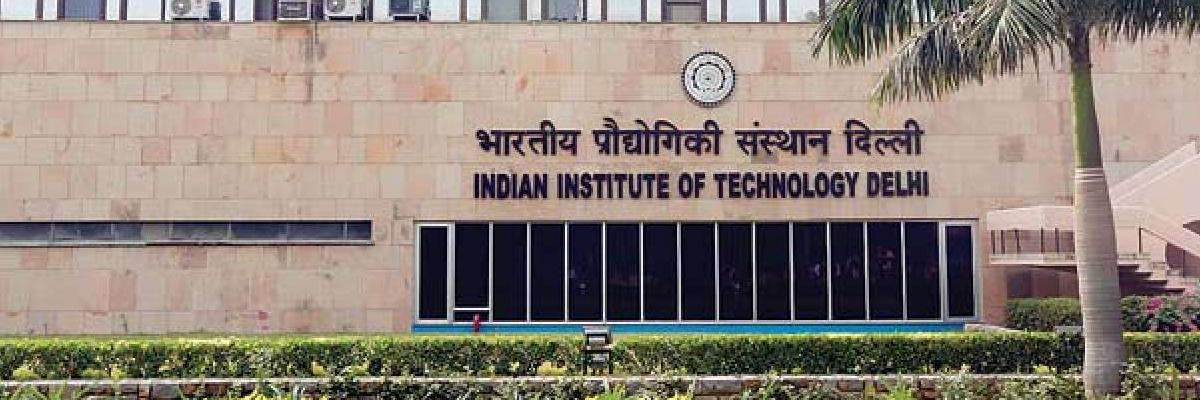Live
- Kyrgyzstan to ban vapes, electronic cigarettes
- How to maximise your EV's range: Tips and tricks for better longevity
- COP29 reaches global climate deal package
- Romanians vote in first round of presidential election
- Beijing braces for cold wave, rain, snow
- Gunman killed, three injured in shooting near Israeli embassy in Jordan
- BGT 2024-25: Bumrah, Siraj pick 3 wickets to put India on top after Jaiswal & Kohli smash tons
- Saira Rahman say stop tarnishing AR Rahman’s name ‘he’s a gem of a person’
- National Consumer Helpline gets 1,000 firms on board to fast-track resolution of complaints
- Samudrakhani’s ‘Mr. Manikyam’ First Look & Release Date Unveiled by Sunil Narang









